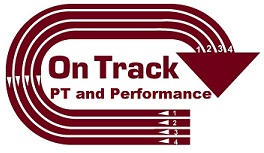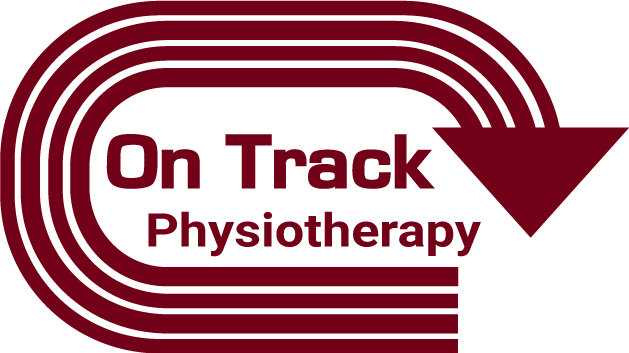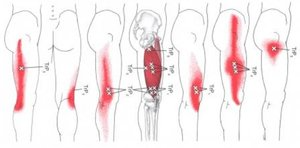Ann Arbor, Mi – At On Track Physical Therapy and Sports Performance we strive to find new and innovative ways to treat pain and get you moving again. Dry needling is one of those treatments and can potentially works wonders for hip and knee pain.
The Vastus Lateralis (VL) is one of the four muscles that make up your quadricep and is the most lateral. Trigger points in this muscle will often refer pain to the lateral knee. Check out the photo below of the VL and corresponding trigger point referral patterns.
Even without active trigger points, the VL is often in a state of high tone which can significantly limit hip mobility in certain directions. With it’s attachment all along the IT band, it can also create greater stress on the knee joint through that IT band.
In the video you’ll see the limitations in our patients hip adduction (her knee should hit the table when I try to lower the leg across midline). Her right hip does this easily. This is a fairly standard PT test, known as the Ober test in most circles. In the video you’ll see how dramatically dry needling the Vastus Lateralis with a few minutes of muscle stimulation can change her hip mobility.
Just a quick note on the video. This was originally created by my mentor Joe Heiler at Elite Physical Therapy in Traverse City for the website Sports Rehab Expert which is read by other PT’s, Athletic Trainers, Chiropractors, etc. Sorry for all the medical talk but you’ll get the idea with the huge change in range of motion following the dry needling treatment.
Here are some of the common diagnoses you’ll hear from your doctor that will respond well to dry needling:
- IT Band Syndrome
- Runner’s Knee (distal IT band syndrome)
- Patello-Femoral Pain Syndrome/Patellar Mal-
- Tracking
- Hip Bursitis
There are many other ‘diagnoses’ that can benefit from improved hip mobility but those above are what we would see most frequently. For those that are needle-phobic, we can get similar results using IASTM and other manual therapy techniques, it’s just often not quite as dramatic.
There are also a number of specialized motor control and strengthening exercises that need to be used following this treatment to maintain this new mobility. Just because she can move her hip now on the table doesn’t necessarily mean its going to move that well when she is standing, walking, or running. Strength must also be established in that new range.
Hope that was helpful to see plus you get a bit of a glimpse at what we do here at On Track Physical Therapy and Sports Performance.

About the Author: Dr. Greg Schaible is a physical therapist and strength coach specializing in athletic performance. He attended The University of Findlay as a student athlete. As an athlete he competed in both Indoor and Outdoor Track & Field where he earned honors as a 5x Division II All-American and 6x Division II Academic All-American. In 2013 he completed Graduate School earning his Doctorate of Physical Therapy (DPT). Greg is the owner of On Track Physical Therapy in Ann Arbor, Mi. Follow On Track PT and Performance on Facebook.



